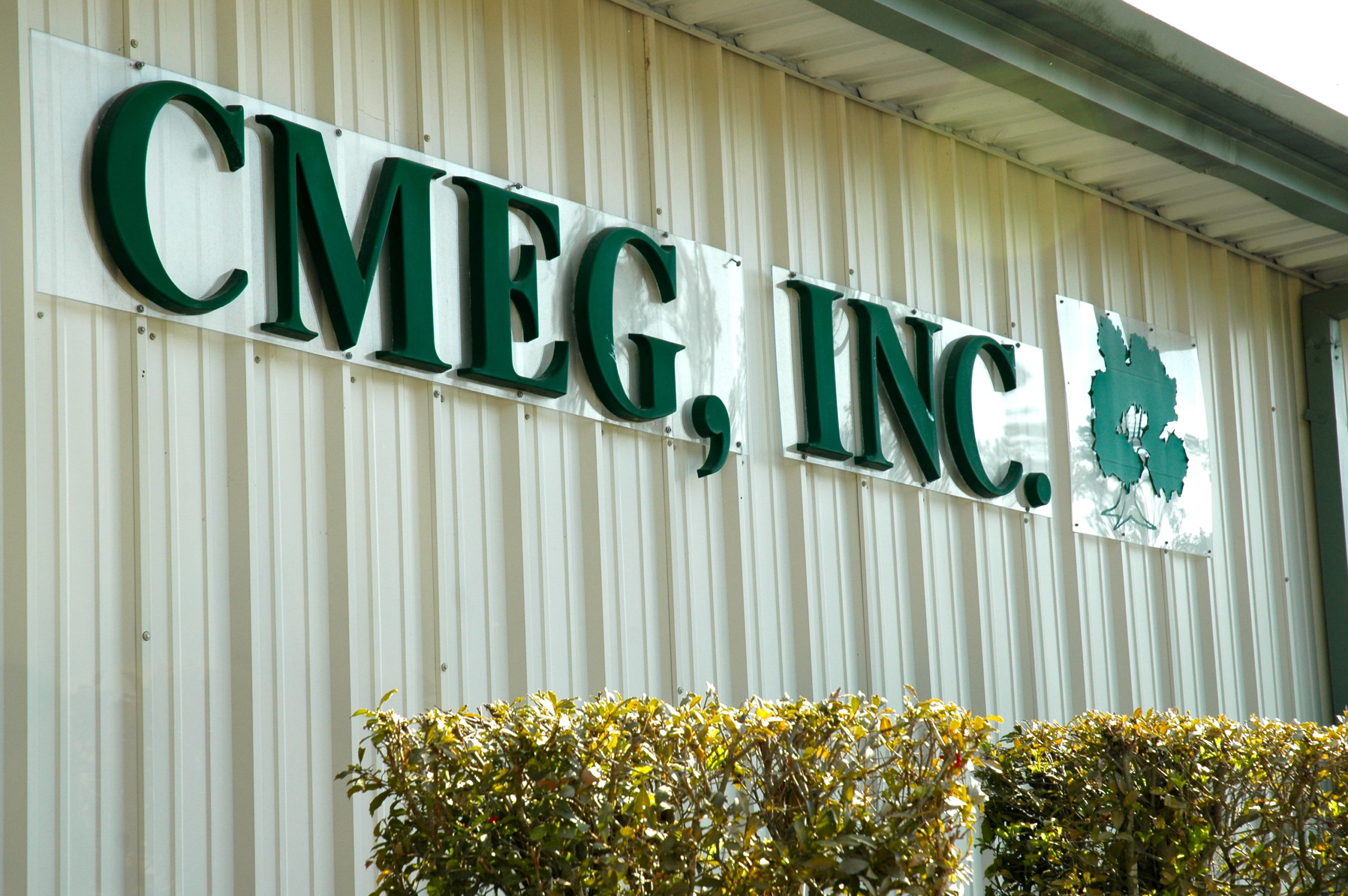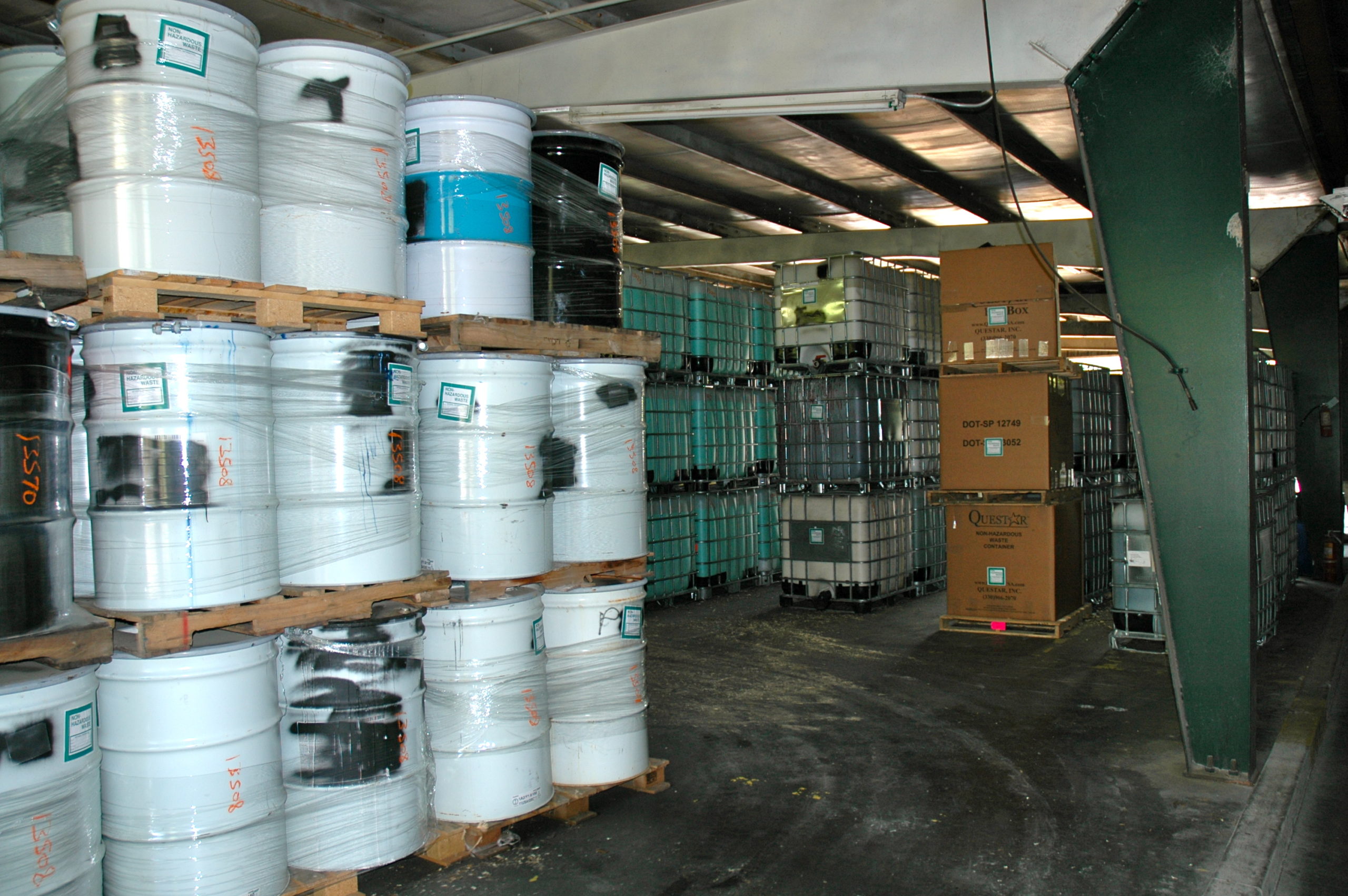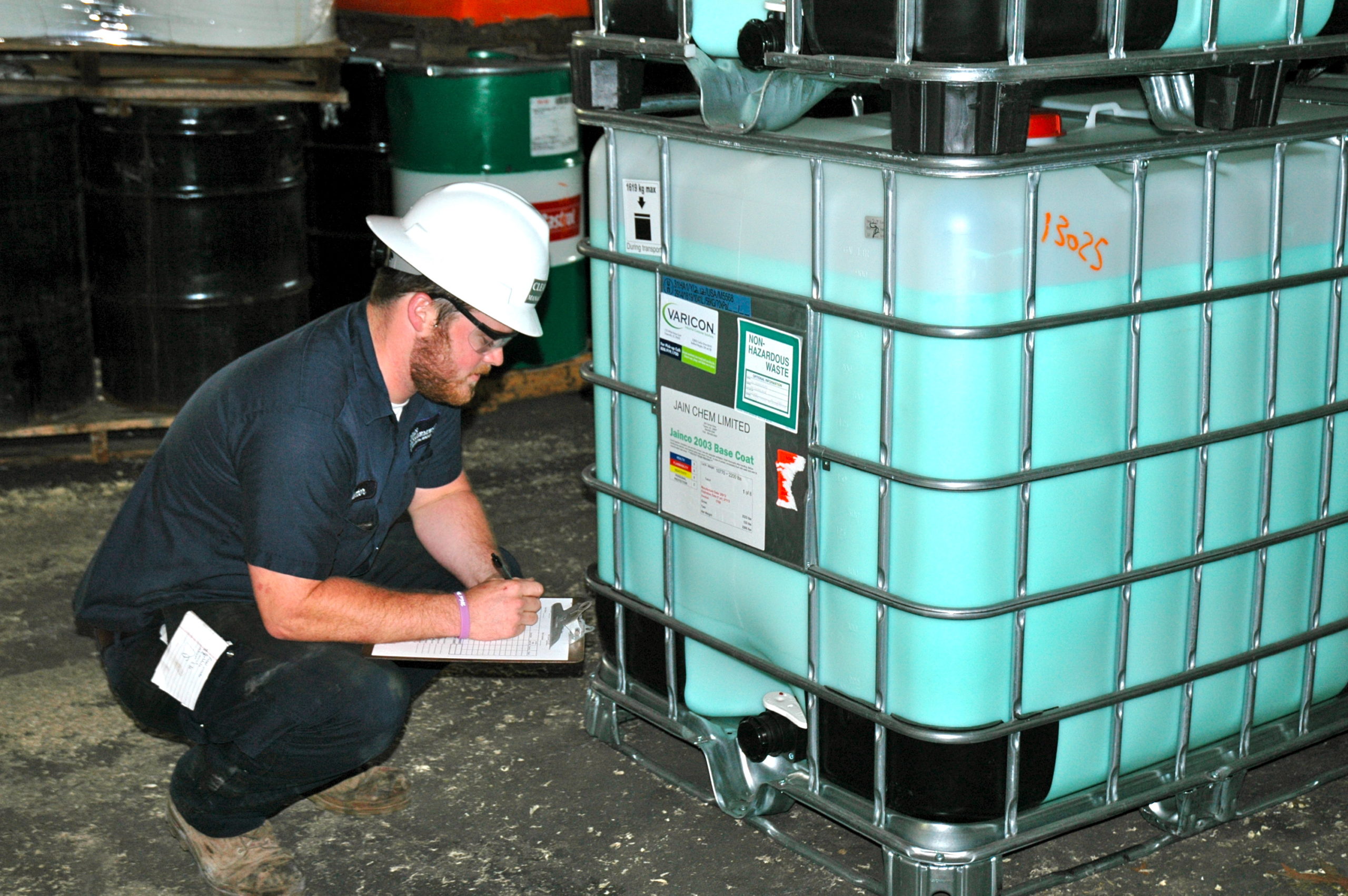Nonhazardous Waste Disposal (TSDF) Facility
We own and operate the first permitted nonhazardous treatment, storage, and disposal facility (TSDF) in the Southeast.





Between hazardous and nonhazardous waste, the nonhazardous sort generally has less stringent disposal requirements. With that said, not all nonhazardous waste can simply be thrown away and moved into sanitary landfills; the Resource Conservation and Recovery Act (RCRA) classifies certain nonhazardous solid wastes as “regulated nonhazardous materials” that must be disposed of following a predetermined process. These regulated non-hazardous wastes are usually things that can cause air and water pollution if not disposed of properly in a designated nonhazardous waste facility.

Nonhazardous Waste Disposal Process
Hazardous or Nonhazardous?
Before your business commences regulated nonhazardous waste disposal proceedings, you must first determine if the waste you have on your hands is, indeed, nonhazardous.
This can be done in a number of ways, but the initial step is to understand the waste that you have. Read the labels of any solutions that it came into contact with, look at what the waste itself is primarily composed of, and make a list of these items.
From there, you can consult the CFR to see if your waste item as a whole is included on any hazardous or nonhazardous wastes list or if its component parts are. Usually, if your commercial waste has characteristics of toxicity, corrosivity, reactivity, or ignitability, it will immediately fall into the hazardous waste category. However, there may be some exclusions, so check that list as well.
Non-hazardous Waste Disposal Hierarchy
Once you have determined that the waste you have is nonhazardous, there is a disposal hierarchy that the EPA has developed for your business to follow. This hierarchy is in the shape of a four-part inverted triangle, with the most environmentally friendly (and most encouraged) waste disposal processes at the top, which is the widest category. It was created to recognize that there is no one waste management approach that is best for all wastes at all times.
EPA’s Waste Disposal Hierarchy
Source Reduction and Reuse
At the top of the inverted triangle is waste prevention. Decreasing the amount of waste in the waste stream to begin with means that there is less to manage later. This can mean “reusing or donating items, buying in bulk, reducing packaging, redesigning products, and reducing toxicity.”
Recycling and Composting
Recycling keeps some salvageable products out of the waste stream, and it can include composting. When possible and practicable, businesses are encouraged to reuse nonhazardous wastes or transfer them to another entity that can.
Energy Recovery
If the non-hazardous waste cannot be recycled, maybe it can be converted to heat, electricity, or fuel. This waste-to-energy process is preferred to the final waste management solution.
Treatment and Disposal
If your business can do none of the above with your waste materials, the final option is to treat and dispose of it. Treatment before disposal can “help reduce the volume and toxicity of waste,” and can include tactics like shredding and incinerating.
If your business has nonhazardous wastes that need to be disposed or if you are not sure if what you have is nonhazardous, contact Clean Management or fill out our Get a Quote form to learn about our nonhazardous waste facility. Getting a quote is fast and free. Let our waste management professionals assist you in keeping your business safe and regulation compliant.






